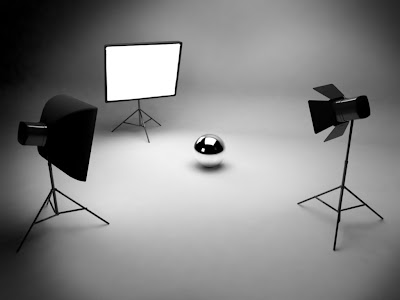Generating a HDR environment from your 3d scene is in fact not that much different from how you would go about in real life. The two most common options are to either shoot a chrome ball or to use multiple images to construct a spherical panorama. While there are 3rd party plugin which enables you to render the scene trough a spherical lens, you can just as easily create a virtual chrome ball to serve your needs.
The project files used in this tutorial can be found here: https://dl.dropboxusercontent.com/u/3834689/CaffeineAbuse/HDR_ProjectFiles.zip
The project files used in this tutorial can be found here: https://dl.dropboxusercontent.com/u/3834689/CaffeineAbuse/HDR_ProjectFiles.zip

Create the Chrome Ball
Open the HDR_Environment.scn scene from this issues CD. Select the ChromeBall and from the Get > Material menu choose Constant. In the Constant Material PPG, switch to the Transparency/Reflection tab and set the Reflection Mix Color to pure white (R:1, G:1, B:1). This will turn the sphere into a perfect 100% reflective chrome ball. However, as the chrome ball is part of the scene it also means it will interfere with the lights, shadows, and so on, which probably is not what you want.
Exclude the Chrome ball
With the chrome ball still selected, press [F3] to open a mini browser and click on the Visibility icon to open the PPG. Uncheck the Shadow Caster and Shadow Receiver checkboxes. While this will exclude it from casting and receiving shadows it still affects the final gathering in the scene. To avoid this, uncheck the Caster and Visible in Sampling attributes in the Final Gathering section of the PPG.
Generate the environment map
With the ball still selected, from the Get > Property menu choose Render Map. In the Format section of the PPG, uncheck the Square checkbox and set the resolution to 1024 x 512. Click the New button next to the UV title and select Spherical to create a texture projection. Since you’re generating an HDR image you obviously need to use an image format supporting it. Change the output format to OpenEXR. By default reflection are disabled from the render map generation and while this is something you normally want it does counteract the sole purpose the chrome ball. In the Disable Surface Properties section, make sure uncheck the Reflection checkbox. Click the Regenerate Maps… button and you’re done.
Read the full post>>





